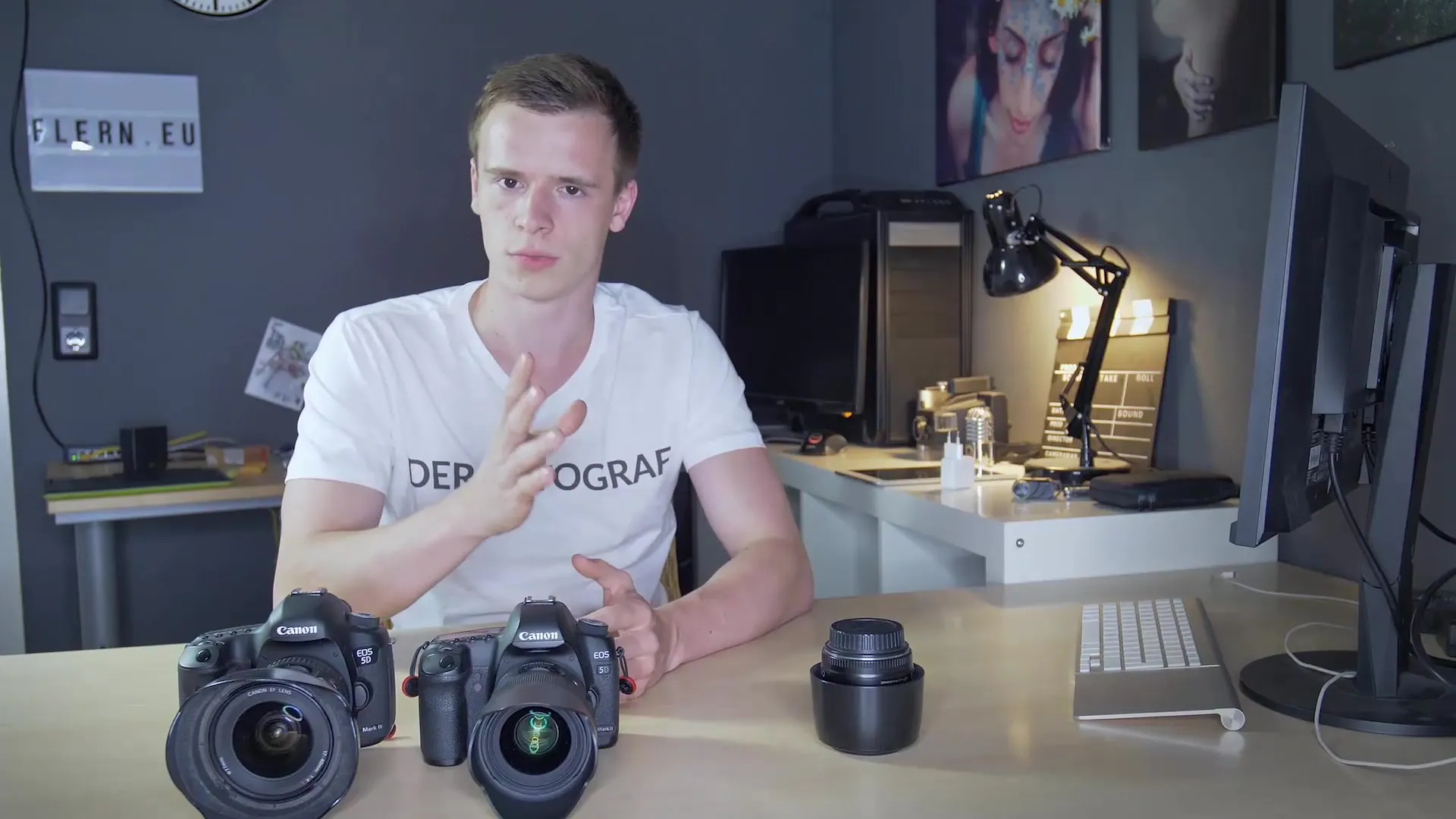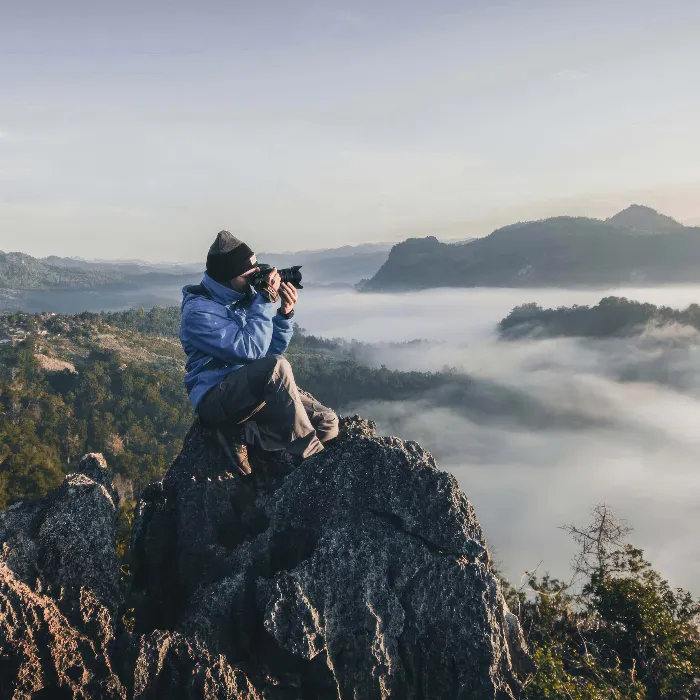Photography is much more than just pressing a button; it is an art form based on technical understanding and creative expression. One of the critical aspects of this art is exposure. The correct exposure of an image can make the difference between an impressive shot and an over- or underexposed photo.
In this chapter, you will learn how your camera perceives light, which factors you need to consider, and how to effectively set the exposure. This forms the basis for every shot you take.
Key Insights
- Light sources and their reflections influence exposure.
- Different surfaces reflect light differently.
- The camera does not measure colors, only brightness.
- The exposure measurement can vary from different objects in the image.
Step-by-Step Guide to Exposure
Understanding Light Sources
First, it is essential to know where the light is coming from. Light sources can be natural sources like the sun or artificial light sources like electric lamps. Each of these lights gets reflected by surfaces, which is crucial for exposure. Dark surfaces reflect less light than light surfaces. Pay attention to how different surfaces influence the light in your environment.

Reflection and Its Impact on Exposure
Different materials can significantly alter the lighting conditions. For instance, a white T-shirt reflects much more light than a dark gray wall. When you encounter such differences in photography, you must be careful that the camera does not overexpose bright objects, like a wedding dress, or underexpose dark objects, like a black dog. Details in images are crucial; without them, the photo can lose its impact.
Light Perception by the Camera
The camera perceives light differently than the human eye. Your camera's exposure sensor measures only brightness and does not account for colors. A good example of this is to convert the image to black and white; this way, you can see how the camera perceives light. The result shows solely the lighting conditions and not the colors.
Experiment with Different Surfaces
To develop a sense of how your camera interprets light, try taking photos of different walls with your camera or phone in automatic mode. Whether the walls are light or dark, the results can be surprising. Be sure to photograph only one wall without other objects to prevent the camera from being influenced by ambient light.
Diagnosing Exposure Measurement
When you take a picture, your camera will attempt to determine the average brightness of the scene. This means it might display bright objects, like white walls, as too bright and darker objects as too dark. This requires a certain level of sensitivity and understanding of the lighting conditions in your shooting area.
Further Learning and Practice
It is crucial to develop the ability to photograph different subjects and understand how they can influence your exposure measurement. Even if you do not master everything in detail yet, don't worry – these skills will come with practical experience and through further lessons.
Summary – Understanding Exposure in Photography: The Basics
Exposure is a central element of any photography. You have learned how light sources work, how different surfaces reflect light, and how your camera perceives light. This knowledge will help you adjust exposure accordingly and significantly improve the quality of your photos.
Frequently Asked Questions
What is exposure in photography?Exposure refers to the amount of light that hits the camera's image sensor or film while the photo is being taken.
How do surfaces affect exposure?Different surfaces reflect light differently, which can influence the perceived brightness of the subject.
Why does the camera not measure colors?The exposure sensor in the camera considers only brightness and not colors, thereby creating an image based on lighting conditions.
How can I improve my camera skills?By regularly practicing and experimenting with different lighting conditions and subjects, you can help improve your photography skills.
What objects should I experiment with as a beginner?Start with objects that have different colors and surface qualities to develop a sense of light reflection and camera perception.

